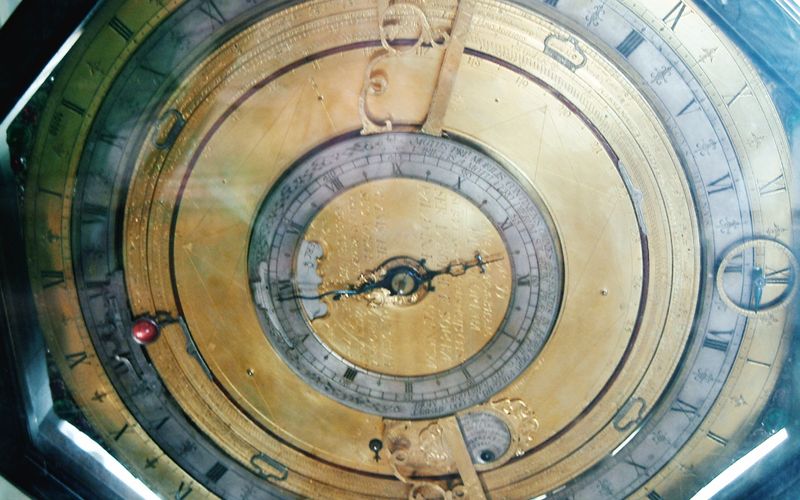The importance of a linear timescale
If you take all the possible values of this system and graph them you would get a very simple linear timescale. This is a good thing. The rules for most calendar systems are complex and arcane so a timescale that is simple, regular and predictable is very helpful. I don't mean helpful for "telling the time"; more as an underlying and intermediary system for calendar conversion.
Time is money
An intermediary timescale works a bit like money. Disperate commodities and services all have a monetary value (even if they are free) and this common intermediary scale allows for the simple interchange of just about anything. What's interesting is that on it's own money is useless but used as an exchange mechanism it's invaluable - if you'll excuse the pun.
A simple intermediary timescale provides every calendar system with a common reference for exchanging temporal data. Instead of writing dozens of routines to convert every system to every other system, you just write a couple of routines for each system to convert them to and from the intermediary timescale.
Julian Day Number
If you look at other systems of calendar conversion you'll usually find an intermediary scale being used, the most common being the Julian Day Number (JDN). This and the Modified Julian Day are both popular with astronomers. JDN should not to be confused with the Julian calendar (from which our modern Gregorian calendar is descended) as the Julian Day Number is a linear count of the number of days since January 1, 4713 BC. The reason behind that date is of course another story.





